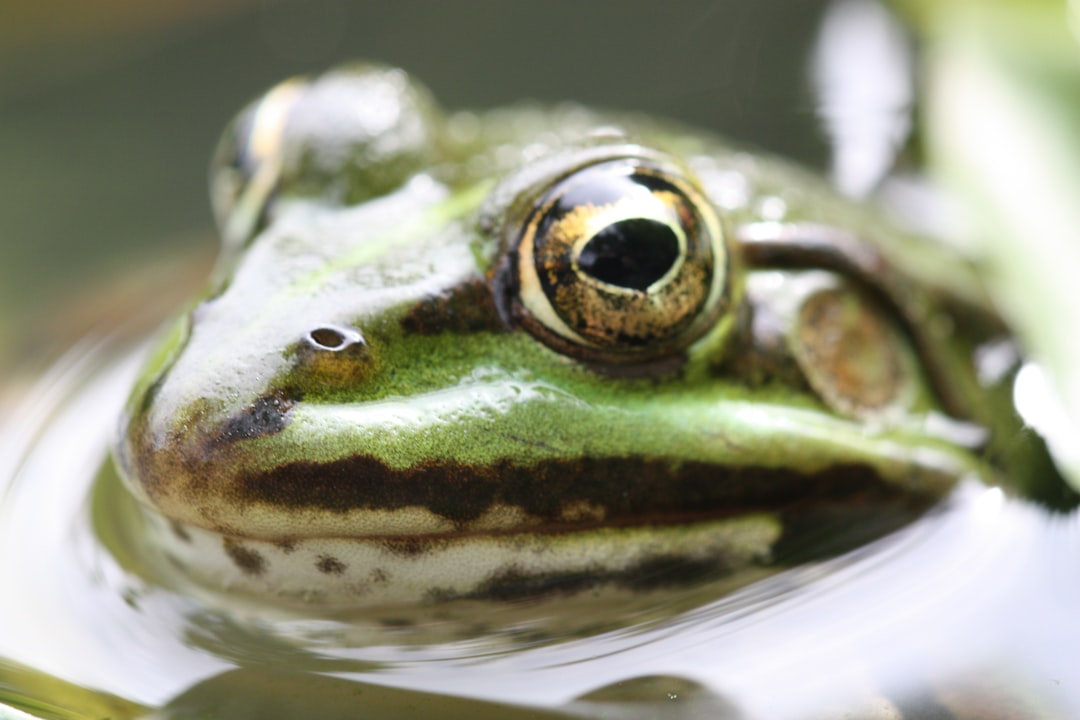What is it about?
Cabo Verde has the highest number of reptile species and endemics (that only occur on that area and nowhere else on earth) than any of the five archipelagos in the Macaronesian region (Azores, Madeira, Selvagens, Canary Islands, and Cabo Verde). Mapping the precise distributions and assessing the extinction risk of reptiles, this is, the conservation status, is the first step towards effective conservation. Presence/absence and abundance data were gathered from extensive fieldwork and post-1980 literature. Evaluation of their conservation status was performed following Red List criteria of the International Union for Conservation of Nature (IUCN) and using a software (RAMAS). Fieldwork confirmed the occurrence of 34 of 37 previously recorded species and subspecies altogether, taxa herein (31 native, three exotic). One species continues to be considered Extinct. Three broad distribution and rarity patterns were identified: widespread and abundant taxa occurring on more than two islands/islets, widespread or abundant taxa restricted to one island, and rare or limited range taxa occurring on small areas of islands or islets. More than a third of taxa have areas of occupancy <20 km2 and extents of occurrence <100 km2. Geckos are rarer than skinks because of their high habitat specialization, with 58% occurring on only one island/islet. About half of all taxa are potentially threatened, twice the proportion of those in the Canary Islands, a difference that could be explained by the smaller area and greater aridity of the Cabo Verde Islands. The criterion used for most threat categorizations is geographical range, and the most pervasive threats are natural disasters, and exotic species.
Featured Image

Photo by Bram Wouters on Unsplash
Why is it important?
This study helped emphasizing the importance of applying conservation status for subspecies to island endemics. It also proposed several conservation measures for these unique species and subspecies of reptiles.
Read the Original
This page is a summary of: Review of the distribution and conservation status of the terrestrial reptiles of the Cape Verde Islands, Oryx, January 2013, Cambridge University Press,
DOI: 10.1017/s0030605311001438.
You can read the full text:
Contributors
The following have contributed to this page










